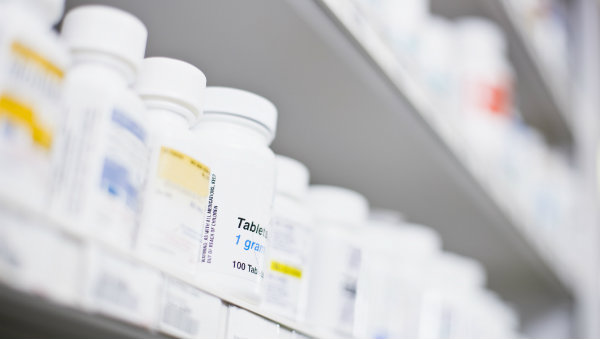Table of contents
A critical link in the pharmaceutical supply chain, wholesalers manage the flow of most drugs and medicines between manufacturers and pharmacies. But in terms of serialization data, wholesaler portals will not provide pharmacies with the critical information and verification network they will need to meet DSCSA regulations and to leverage this new data to improve internal patient-centric and operational processes. With initial serialization deadlines starting in 2020—and full unit-level traceability coming on in 2023—pharmacies need to start planning now to define a long-term serialization strategy that integrates their compliance and business requirements.
What’s really behind the portal?
Wholesaler portals were not developed with DSCSA compliance in mind. Most portals were created as an order processing and supply interface for pharmacies and then extended as a short-term solution for sharing lot-level compliance documentation. They were not designed for product verification or exception handling and, as a data repository, a wholesaler portal can be a “dead end,” providing limited access and visibility to manufacturers’ product data. In addition, wholesalers vary in their commitment to storing product data for the six years required by the FDA and to providing a data migration path in the case of a merger, acquisition, or business breakup. In short, wholesalers play by their business rules, not yours, and are not liable for your company’s adherence to DSCSA.
What do pharmacies need to do?
For pharmacies, serialization can be seen in terms of requirements and opportunities. While the requirements are defined by the FDA, the methods for meeting those requirements are not. Beginning in 2020, pharmacies are required to receive only products with unique product identifiers (“serialized data”) encoded in a 2D barcode. By 2023, pharmacies are required to have systems in place to support unit-level traceability information, enabling creation of chain-of-ownership data at the item level that can be traced back to the point of the product’s origin at the original manufacturer or repackager.
How pharmacies ensure they have received appropriately serialized products is not specified by the FDA. Pharmacies can consider a range of approaches to how they capture, store, and manage serialized product data, including:
- Visual inspection of individual packages to ensure appropriate 2D barcodes have been applied for products under DSCSA.
- Scanning received barcodes and matching them to provided serialization data to ensure correct product receipt.
- Ensuring that products are not counterfeit by matching them against the manufacturer’s verification system.
- Ensuring that products are in a “dispensable state” by using a verification system to see if the product has been stolen, decommissioned, or is on a recall or market withdrawal list.
The 2020 deadline is a short-term milestone to eventual 2023 requirements and, at first glance, has fairly simple regulatory requirements. But it provides a great opportunity for pharmacies to think “outside the portal” and begin testing future compliance scenarios and implementing value-based programs within the pharmacy or healthcare organization. Pharmacies also need to consider how their operations might be affected as upstream suppliers adapt their own processes for manufacturing, packaging, and distributing serialized products. As the last point in the supply chain, retail and hospital pharmacies must expect—and plan for—change.
Take control of your data
If your serialization data is residing with a wholesaler—or multiple wholesalers—you do not have absolute control and custody of a critical business asset. Retail and hospital pharmacies that capture, store, and access product data on a connected data network can realize significant business value and operational efficiency in the form of faster recalls, inventory management from central receiving to location, greater visibility into upstream product availability, and enhanced patient safety, confidence, and loyalty.
Small- to mid-size pharmacies have the same compliance requirements as the large organizations. Being part of a shared information network offers similar opportunities at a lower cost of ownership—with minimal development and storage costs—and the convenience of a single connection.
TraceLink: Focused on the future
Unlike wholesalers, TraceLink is entirely focused on the regulatory landscape and on helping companies achieve compliance and leverage serialization through real-time information sharing. Our proven solution provides a centralized data repository; a system that seamlessly manages paper and electronic documentation; robust search functionality; the ability to track product at every point in the supply chain—and more—with a single connection.



